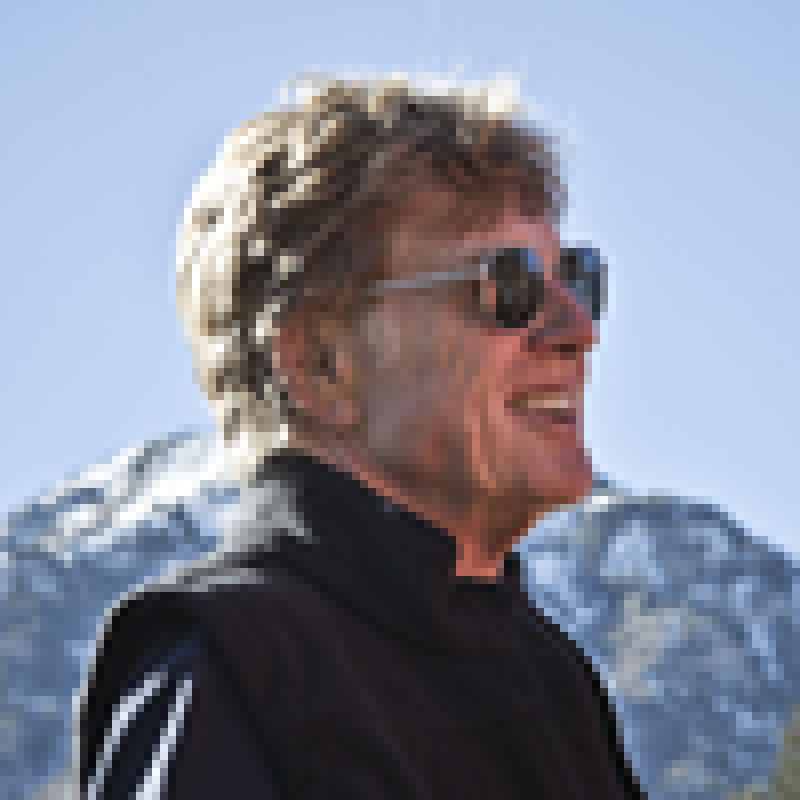- Intimidation or bloodshed cannot halt Bangladesh’s march to democracy |
- Khaleda Zia integral to an important chapter in BD history: Yunus |
- Enthusiasm marks Victory Day celebrations across Bangladesh |
- Dhaka-Delhi ties deep; to be shaped by trust, dignity, mutual respect |
- EU deploys election observation mission to Bangladesh |
The Ozone Layer’s RecoveryShows How to Protect the Planet

Robert Redford
By Robert Redford and Xiye Bastida
NEW YORK – There was a time, not so long ago, when the depletion of Earth’s ozone layer seemed like an insurmountable challenge. Decades of usingharmful chemicals, such aschlorofluorocarbons (CFCs),had threatened to cause irreparable damage to our planet. Without swift action, we faced the risk of climate destabilization, ecosystem collapse,and the breakdown of our food system. Consequences that were once almost unthinkable becamepainfully real.
Xiye Bastida
But then, the most remarkable thing happened:humanity united to protect the ozone layer.Heeding the warnings of Nobel laureate scientists Paul Crutzen, Mario Molina,and Sherwood Rowland,whose researchunderscored the severity of the threat,we did not ignore or dismiss the scientific evidence, nor did we bury our heads in the sand and claim that the challenge was too daunting.Instead, the globalcommunity recognized the urgent need for collective action.
By harnessing scientific knowledge, entire industries have been transformed,and equitable policieshave been put in place to shieldcountries that didnot contribute to the problem.Thanks to the Montreal Protocol, ratified by 197 countries, nearly99% of ozone-depleting substances have been phasedout.This includes the reduction and replacement of CFCs, whichhas slowed climate change by at least a decade.
The successful global effort to protect the ozone layer should serve as a beacon of hope for all of us. It is one of humanity’s greatest environmental achievements, showing what we can achieve when we act together with commitment, respect, and determination.
But it can also serve as a warning.A 2023study byJohan Rockströmand 28 other leadingclimate scientistsrevealed a startling new reality, underscoring the need to adopt a collaborative approach to protecting the planet before it is too late.
The planetary boundaries model, introduced by Rockström and others in 2009, provides a useful framework for assessing theplanet’shealth. Itidentifies nine interconnected factors –including climate, freshwater availability, biodiversity, and land use –that are crucial for the planet’s stability and habitability.In their recent study, Rockström and his co-authors found that six of these nineboundarieshave already been breached, putting Earth onadangerous course that undermines the planet’s resilience and jeopardizes human well-being. Notably, the ozone layer is the only area showing signs of improvement.
Given thatEarth functions as an interconnected system, we cannot solve one problemwithout addressing the others.Despite being aware of the critical role of planetary boundaries in preservingour Earth’s habitability, we havenot acted decisively enough to haltour slidetoward catastrophe.
For example, we know that more thana millionspecies are on the brink of extinction, potentially triggering the collapse of entire ecosystems. We also know that nitrogen and phosphorous runoffleadsto the proliferation of toxic algae blooms in oceans and freshwater systems, thereby breaching the biogeochemical flow boundary.Similarly, tolerating dangerous levels of chemical pollution and allowingour children to ingest microplasticscompromisethe life-support systemsnecessary for humanity’s survival.
To restore Earth’s stability, governments must recognize the need to respect the nineplanetaryboundaries. This requires a steadfast commitment to reducing greenhouse-gasemissionsand protectingbiodiversityand waterresources.Moreover, our chances of success increase exponentially when we cooperate: if the international community can unite as it did when itagreed to repairthe ozone layer, there is hope.
But first, we must heed the advice of indigenous peoples and local communities and listen towhat nature is telling us. Despite making up less than 5%of the global population, indigenous communities act as the planet’s wise custodians, protecting at least one-quarter ofthe world’s land and seas and 80% of its biodiversity.
To advance this approach, we have joined forceswith Planetary Guardians, an independent collective ofglobal leaders, scientists, and environmental advocates championing theplanetaryboundaries model. Our goal is topromoteits adoption as a framework forassessing and guidingcollective climate action.
By bringing together leaders from variouscountries, industries, age groups, genders, and cultures,Planetary Guardians aims to leverage our diverse backgrounds and experiences to find solutions to protect the planet.While our planet’s resources are finite, there is no limit tohuman ingenuity and ourcapacity for solving complex problems. The real question is what Earth we wishto leave to future generations.
To be sure, there are no simple answers orquick fixes. Our future hinges on the stepseach of us is willingto take. But in saving the ozone layer, we have already shown that taking swift, informed, collective action can facilitate the changesneeded to sustain human life on Earth.
Robert Redford, Co-Founder of the Redford Center, is an actor, director, and producer. Xiye Bastida, a climate-justice activist from the Otomi-Toltec indigenous community in Central Mexico, is an organizer with Fridays For Future and Co-Founder of the Re-Earth Initiative
Copyright: Project Syndicate, 2024.
www.project-syndicate.org

